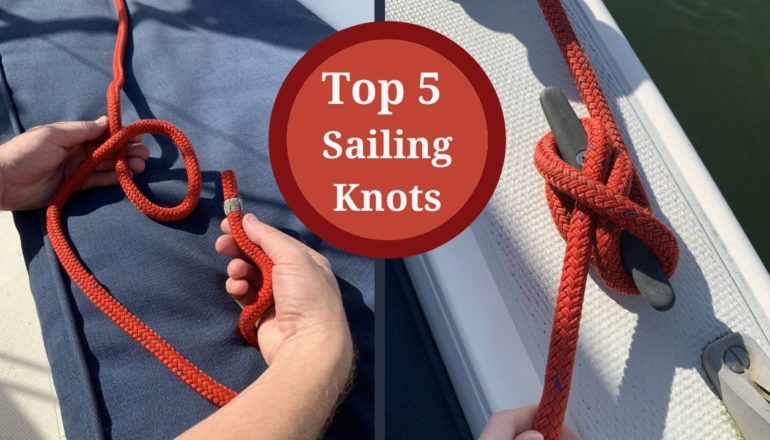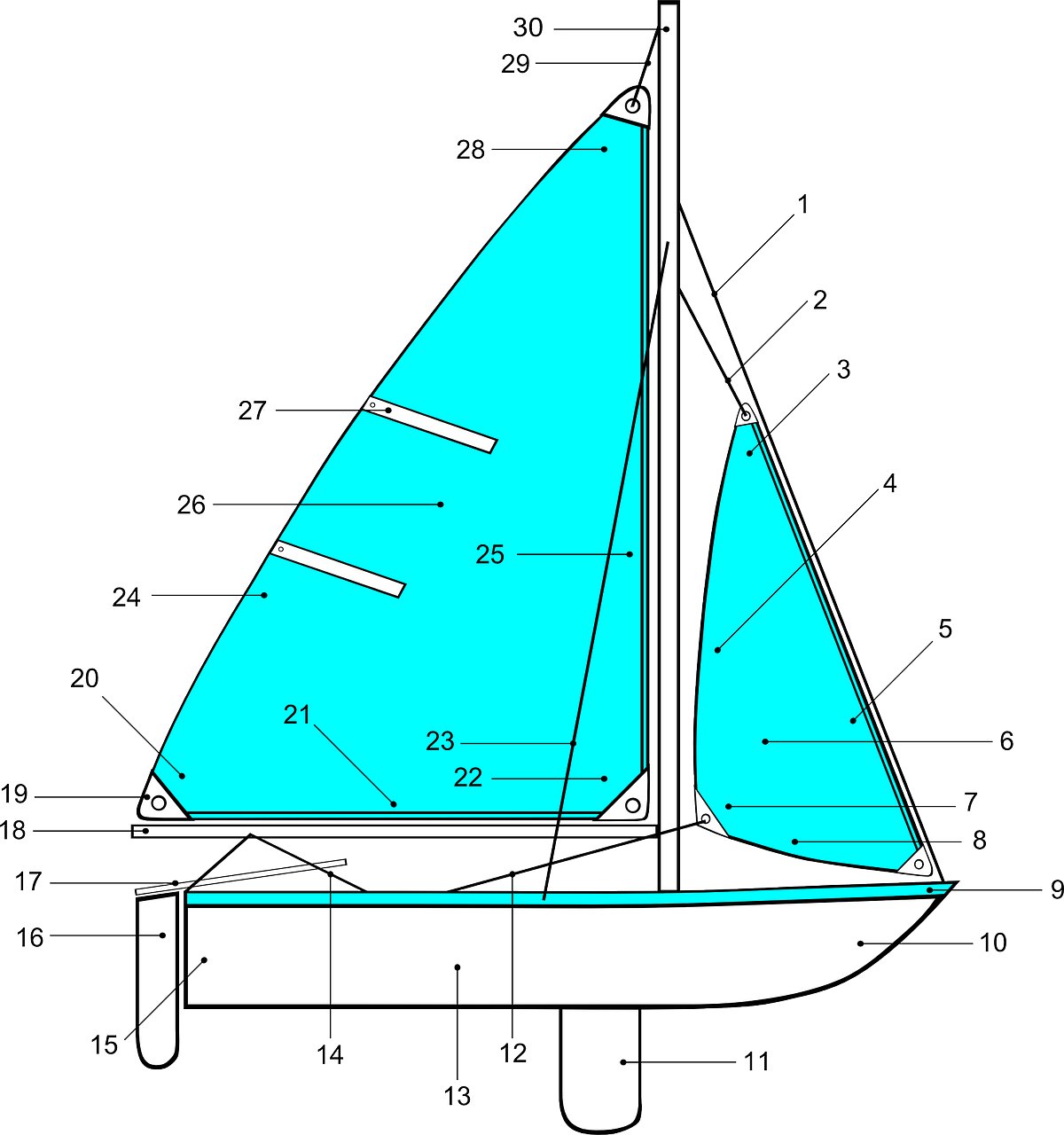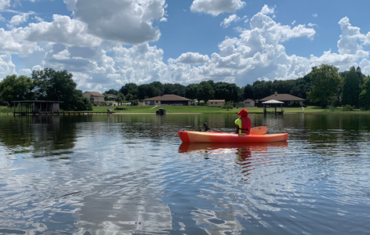Learn how to tie five essential sailing knots every boater should know. This easy-to-follow guide offers practical tips and clear, step-by-step instructions designed for beginners getting started with knot tying.
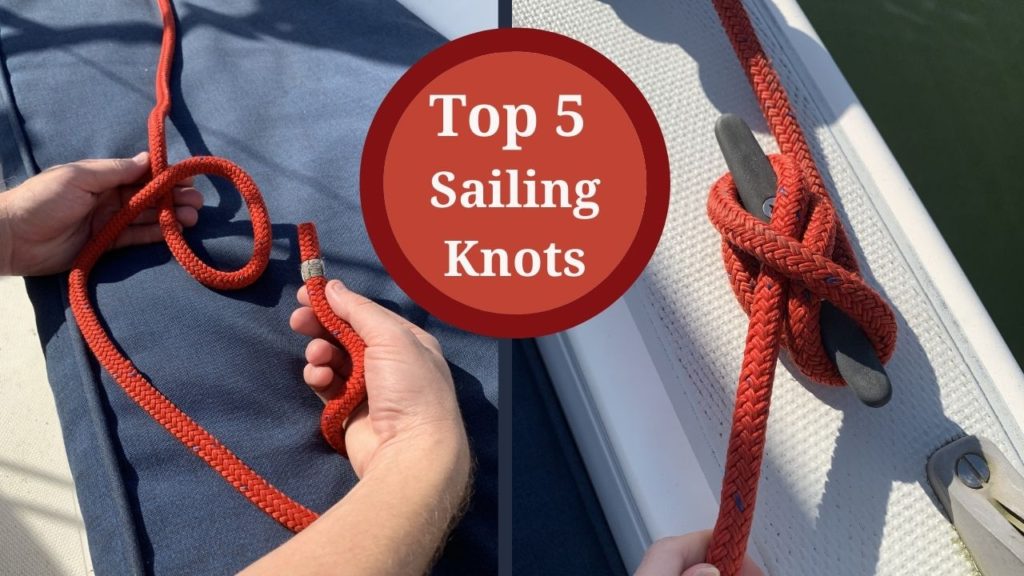
Step-by-Step Guide: How to Tie Essential Nautical Knots
Knowing how to tie the right knots is a fundamental skill in sailing and boating. From securing a fender to docking your boat safely, the ability to use proper sailing knots can make all the difference. Before we dive into how to tie these essential sailing knots and their practical uses, it’s important to understand the basic parts of a rope—also called a “line” in boating. Knowing these terms will help you follow knot-tying instructions with confidence.
Knot #1: How to Tie the Bowline Knot
The Bowline knot—often called the “King of Knots”—is one of the most essential knots every sailor should know. It creates a strong, fixed loop at the end of a line that won’t slip or jam under tension.
On a sailboat, the Bowline has a variety of uses: it’s commonly used to attach a halyard to the head of a sail, tie off gear on deck, or even serve as a quick rescue knot in a man-overboard situation.
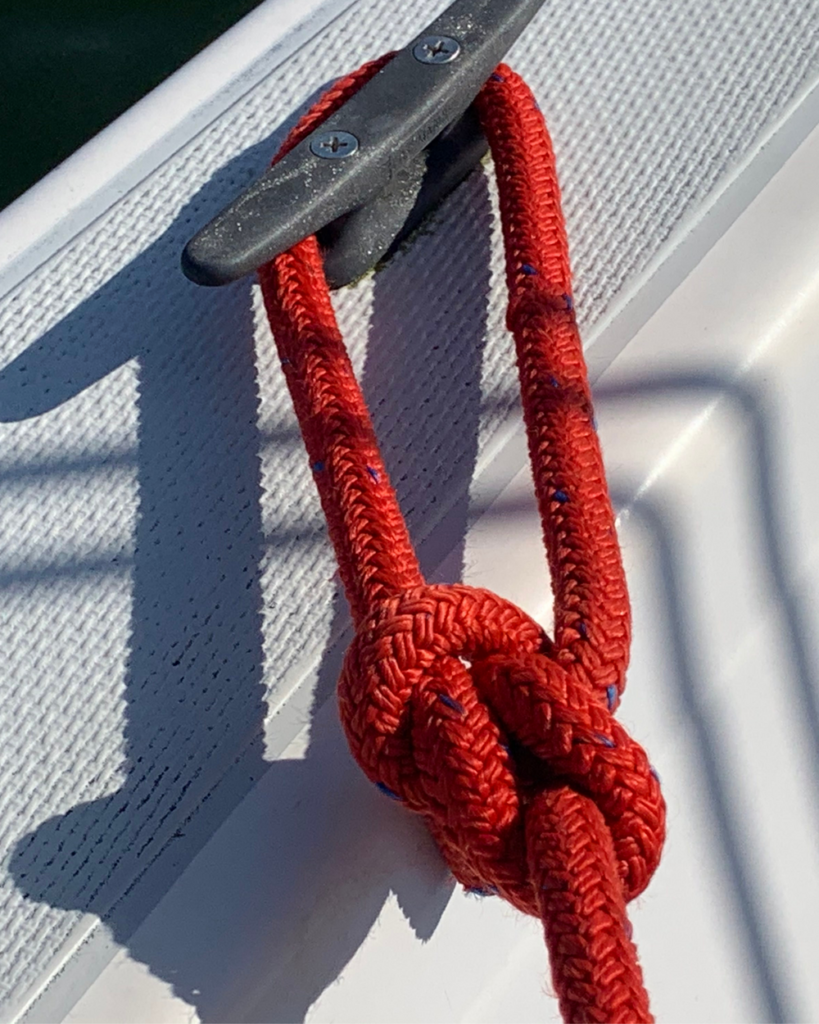
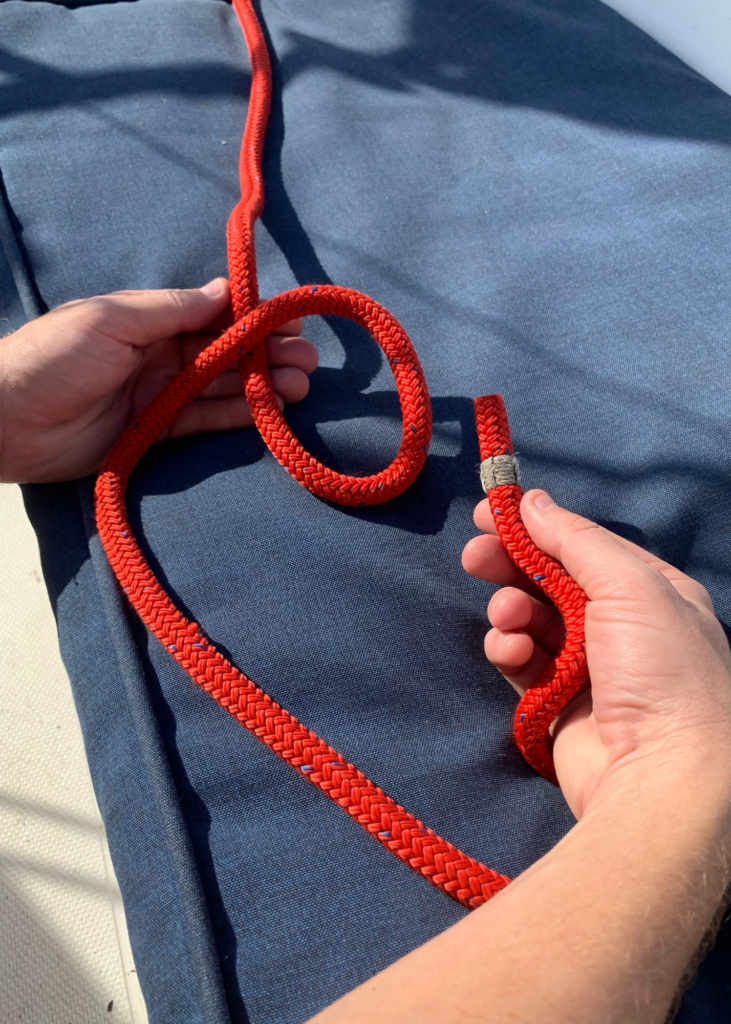
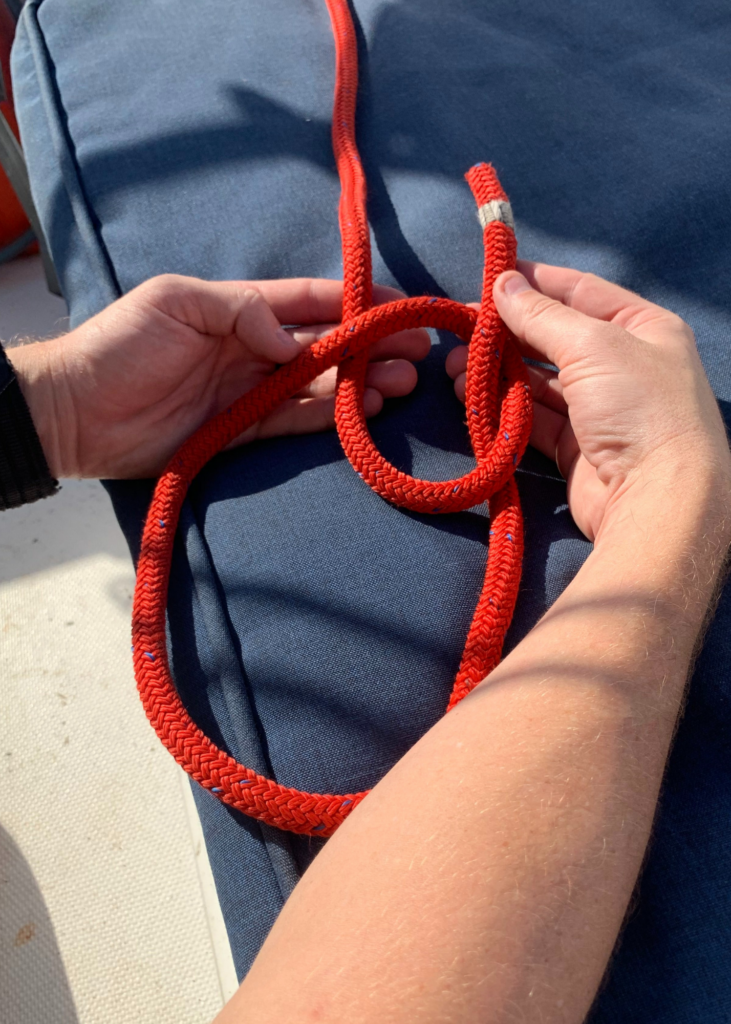
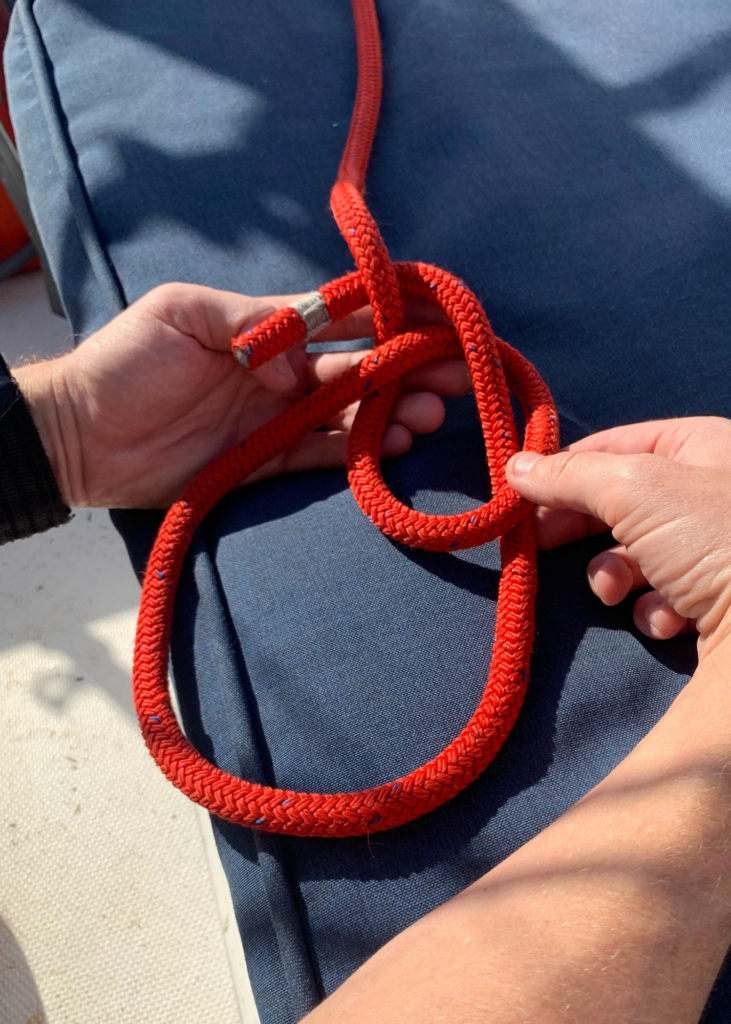
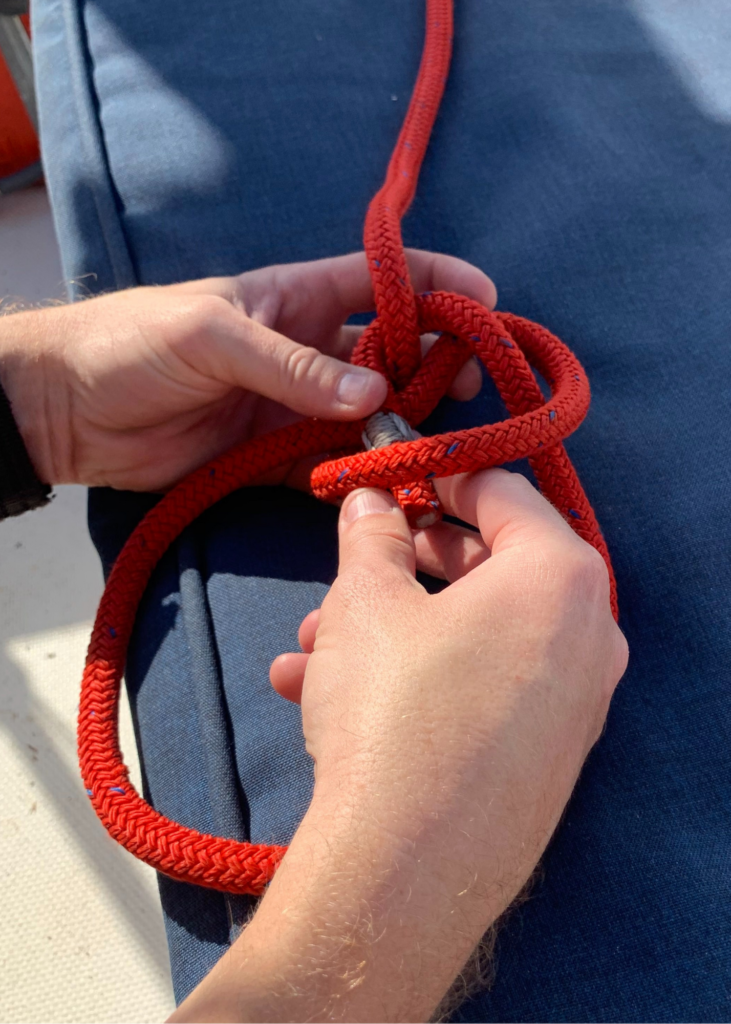
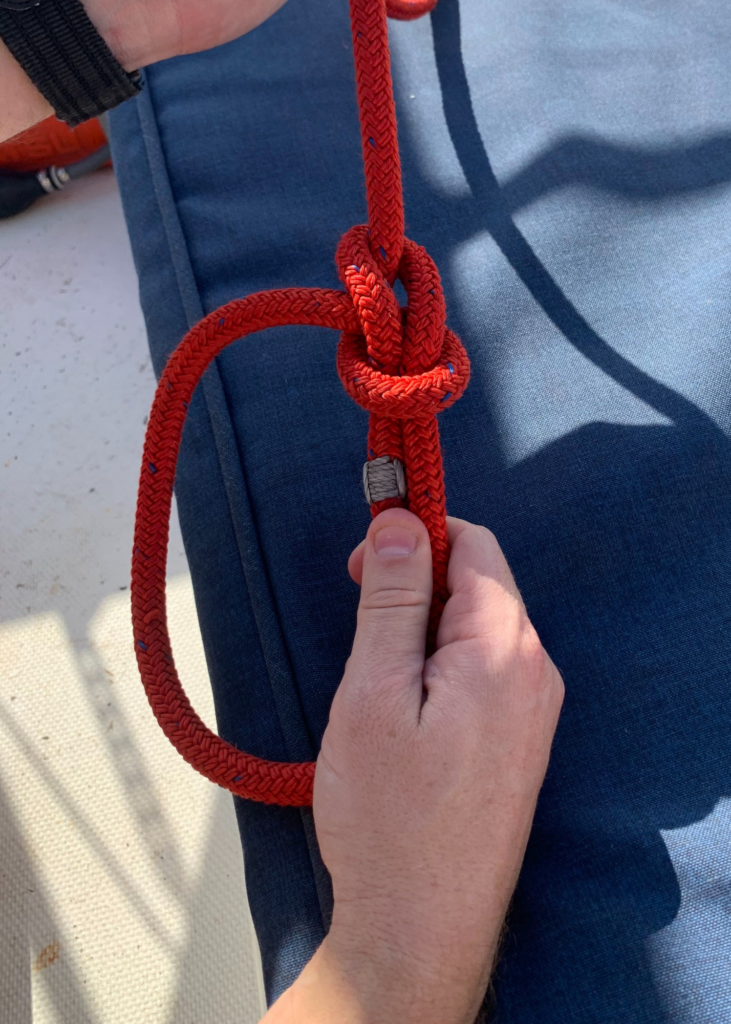
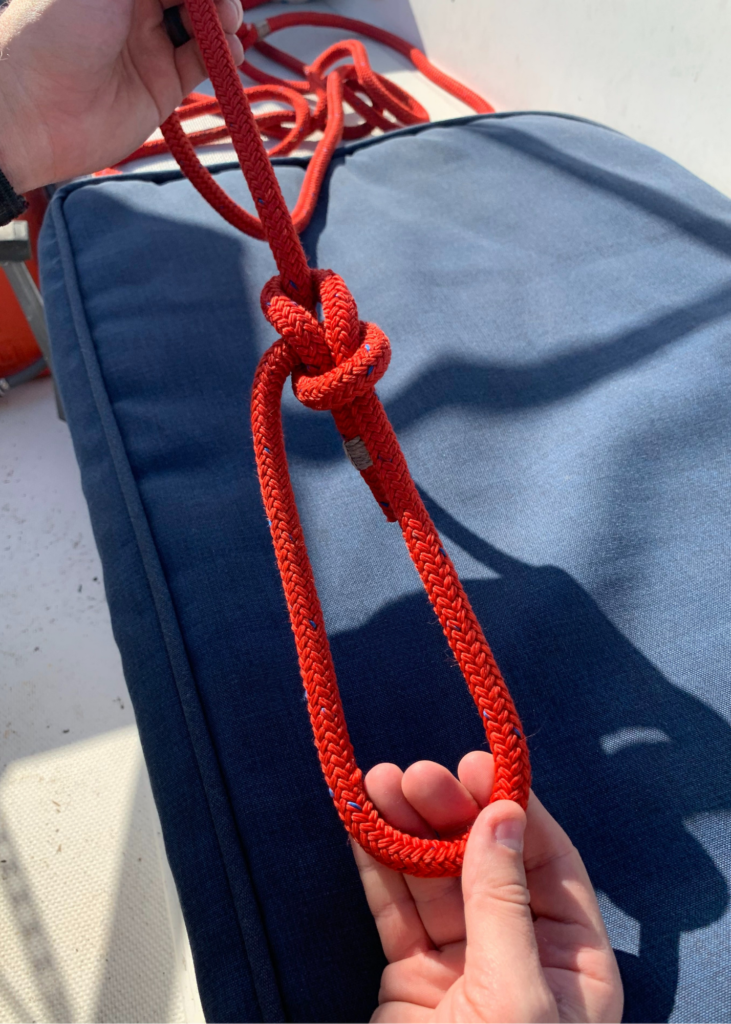
Knot #2: How to Tie a Figure 8 Stopper Knot
The Figure-Eight Stopper Knot is a simple but essential sailing knot used to prevent a line from slipping through a block or fairlead. Commonly tied at the end of jib sheets or mainsheets, this knot ensures the line stays secure and within reach—especially while underway. It’s a must-know knot for sailboat handling and line control.
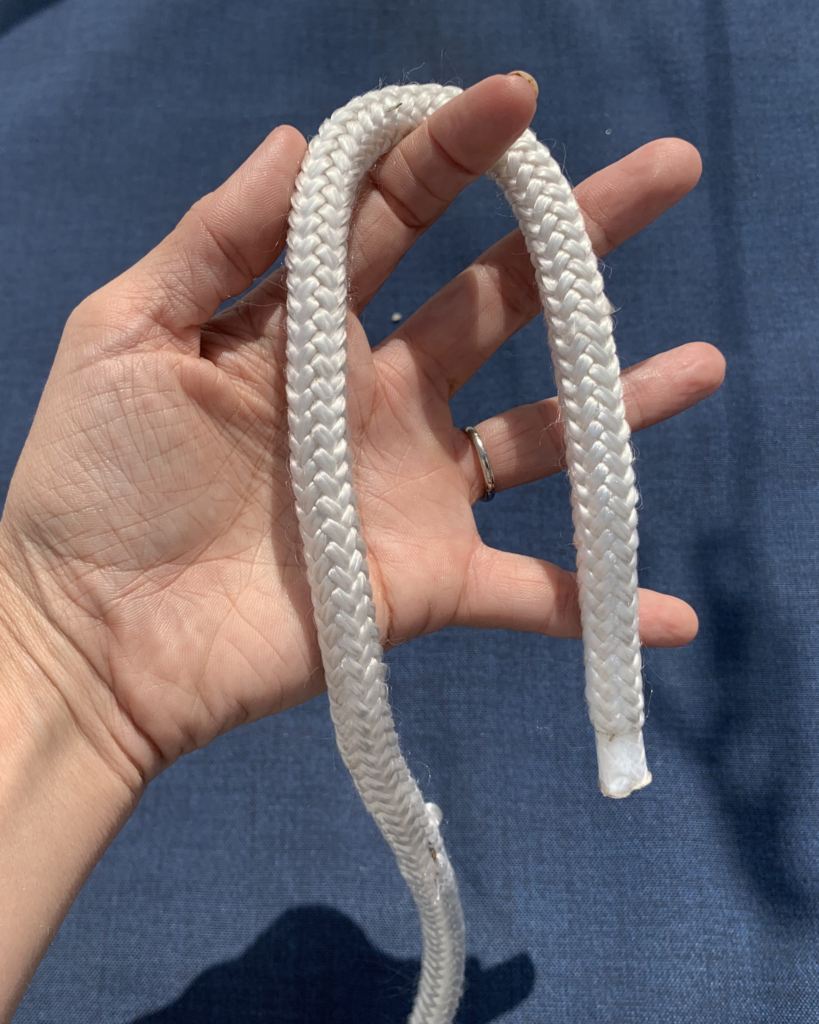
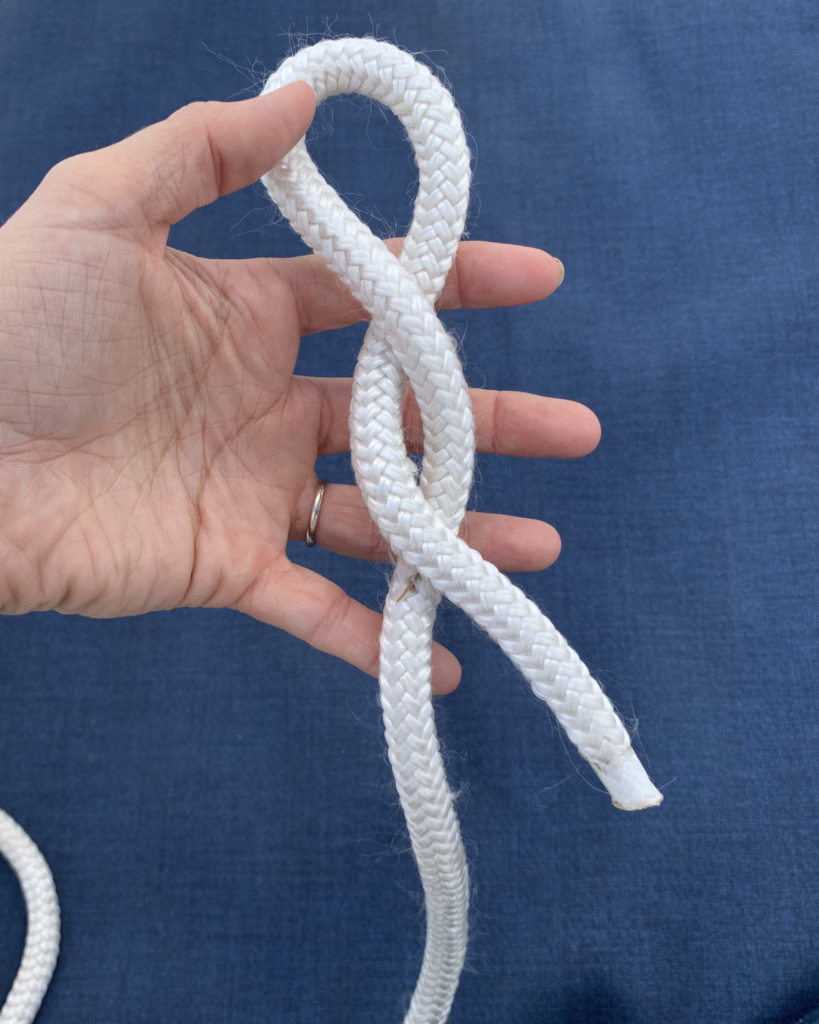
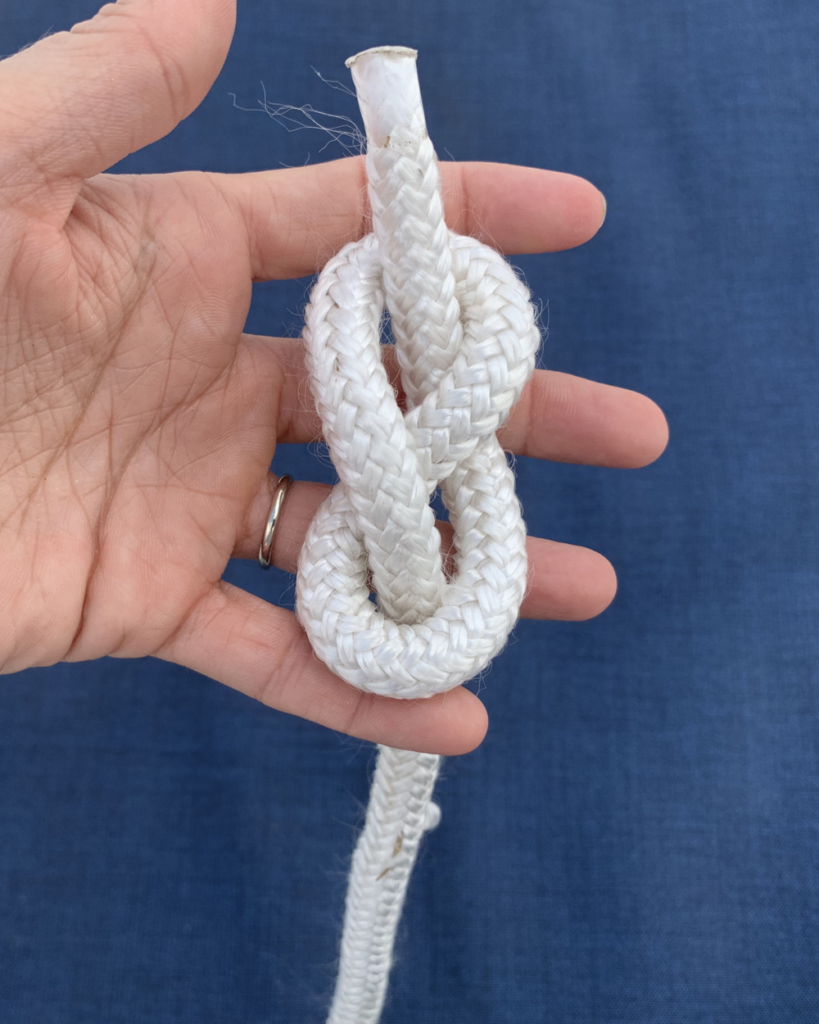
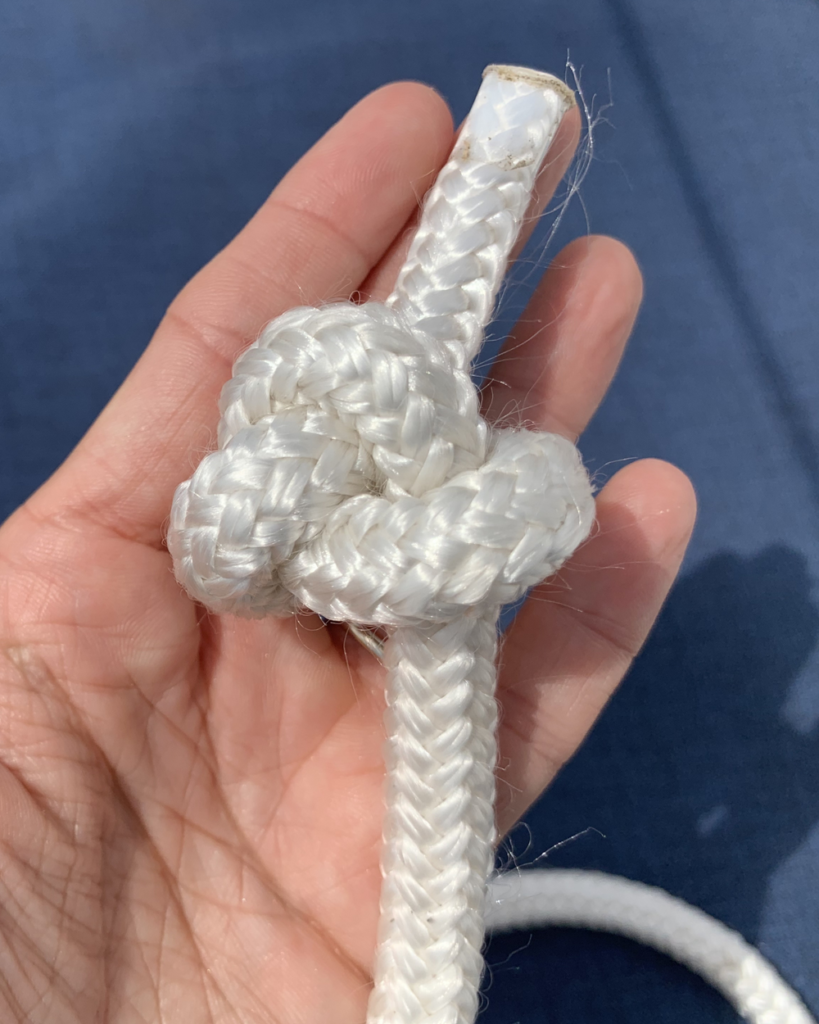
Knot #3: How to tie a Clove Hitch
The Clove Hitch is a versatile and reliable knot commonly used in boating to quickly secure a line to a post, rail, or cleat. It’s especially useful for tying fenders (or bumpers) to the side of a boat while docking, allowing for fast adjustments and easy removal. When tied correctly, the Clove Hitch holds firmly in place, but it can slip if not tightened properly—so care is needed. Its simplicity and adjustability make it a go-to knot for managing loose ends and temporary tie-offs on board.
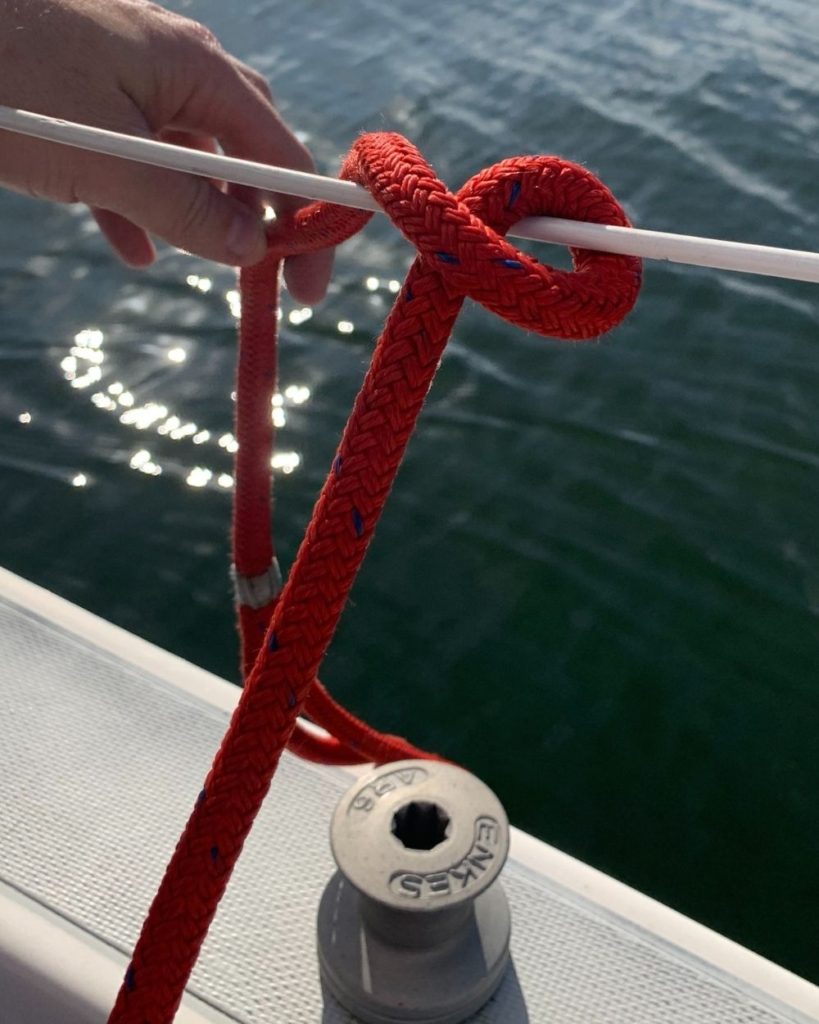
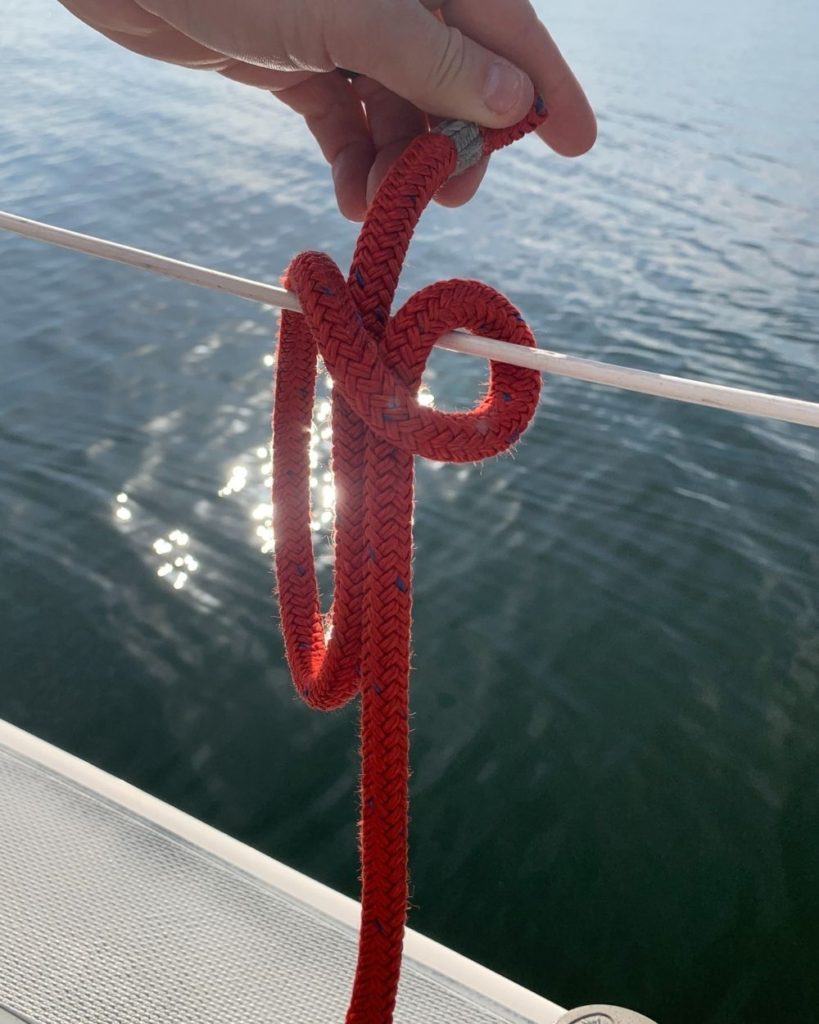
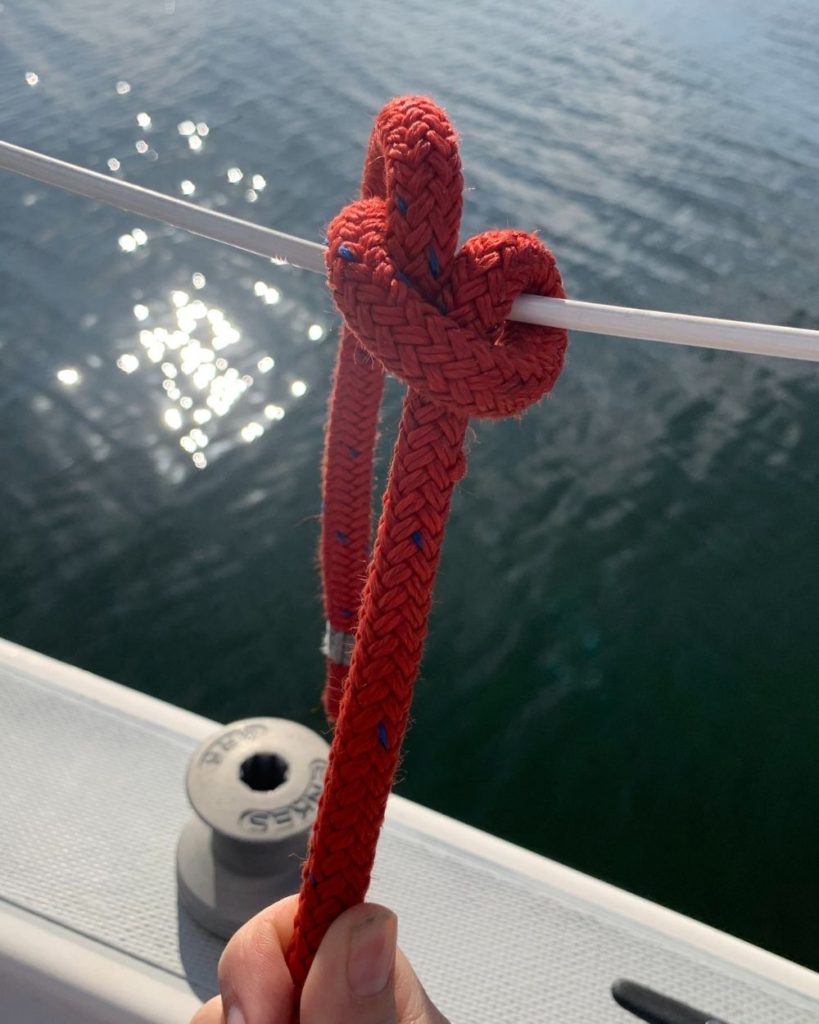
Knot #4: How to Tie a Cleat Hitch
The Cleat Hitch is used to securely fasten a line to a cleat—whether on a dock or the deck of a boat.
While it may look simple, it’s often tied incorrectly, which can lead to serious safety issues.
This knot is most commonly used to tie a boat to a dock, but it also plays an important role on sailboats, where cleats are mounted to the deck or mast to secure lines like halyards after raising a sail.
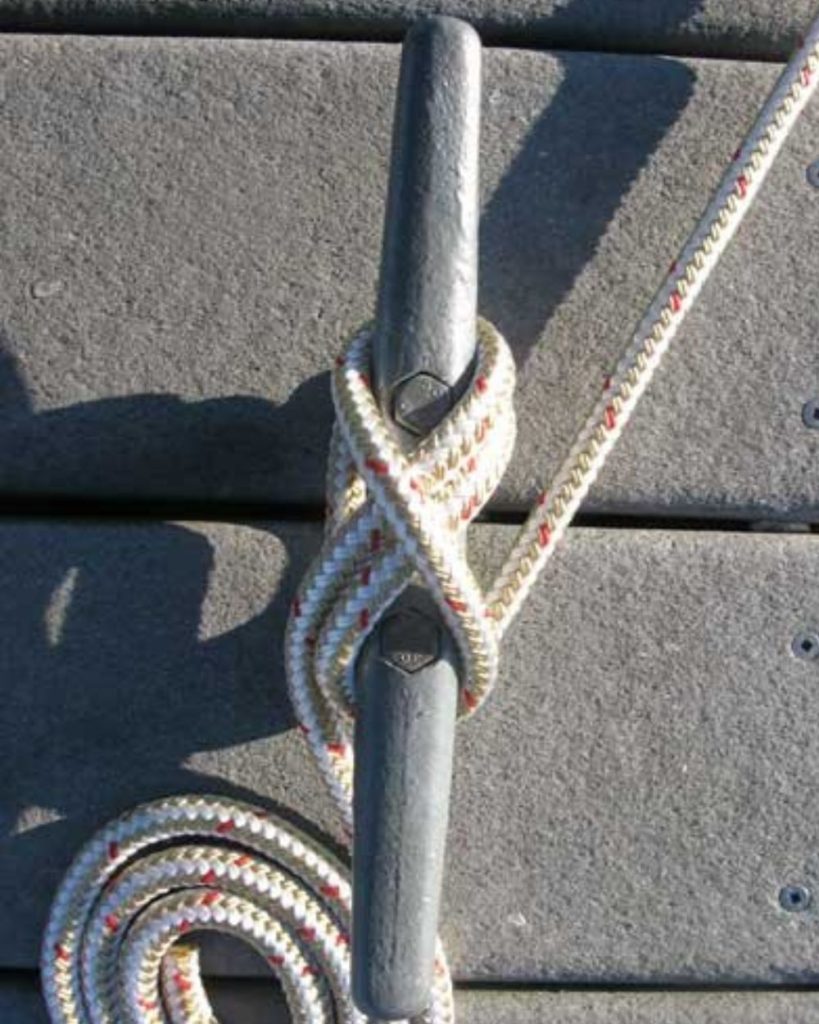
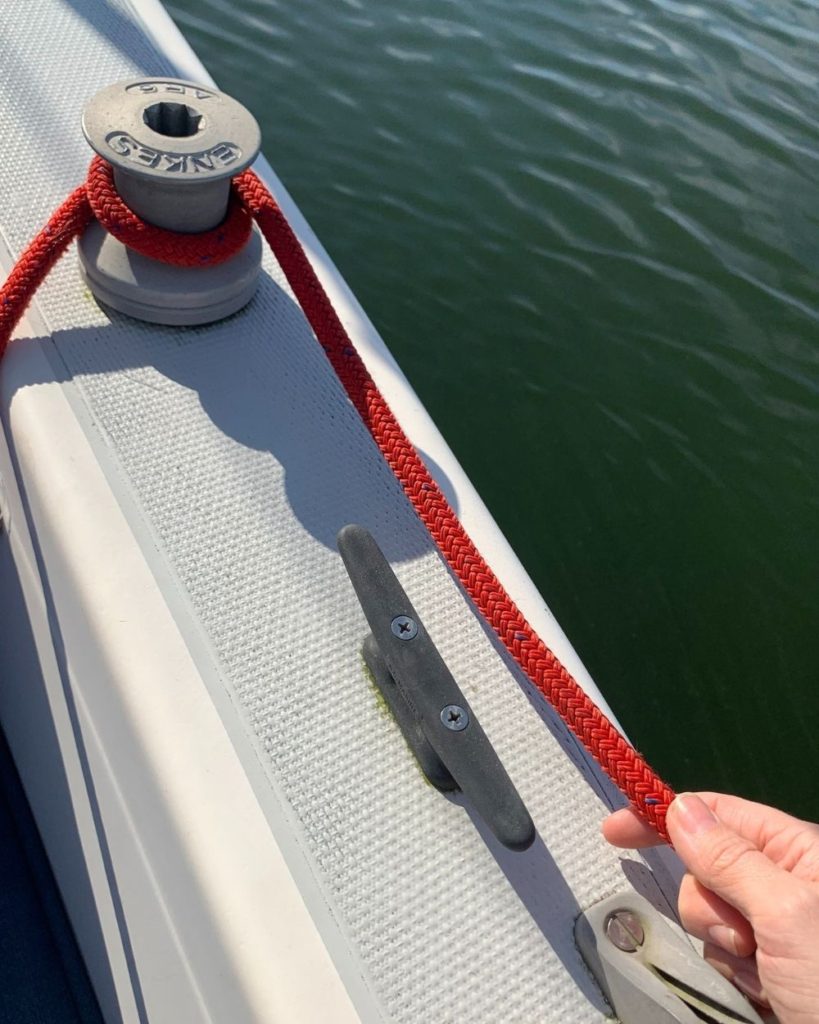
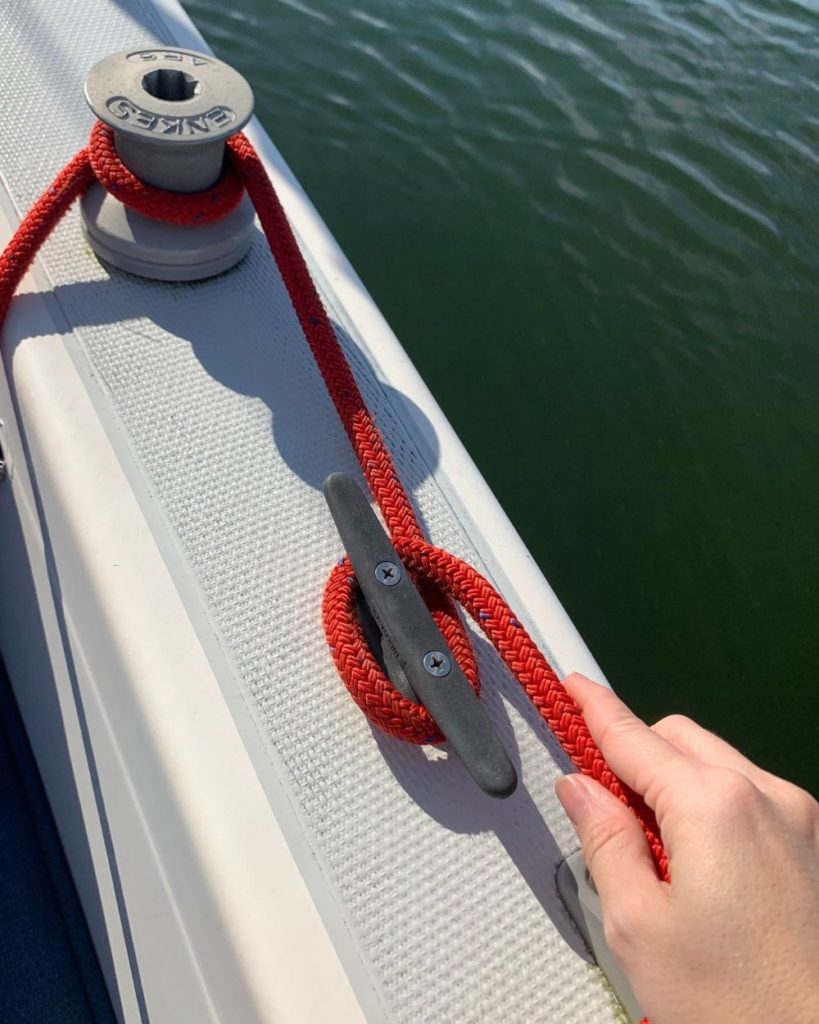

Knot #5: How to Tie a Round Turn 2 Half-Hitch
The Round Turn and Two Half Hitches is a reliable, easy-to-tie boating knot that’s perfect for securing your boat to a dock post, ring, rail, or piling. This knot is known for its strength and stability, especially under load.
By wrapping the rope fully around the object (the “round turn”), most of the strain is transferred to the object itself—not the knot. This design helps prevent slipping and makes the knot easy to untie, even after it’s been under heavy tension.
Whether you’re docking temporarily or securing gear, this versatile knot is a boater’s must-know for safety and convenience.
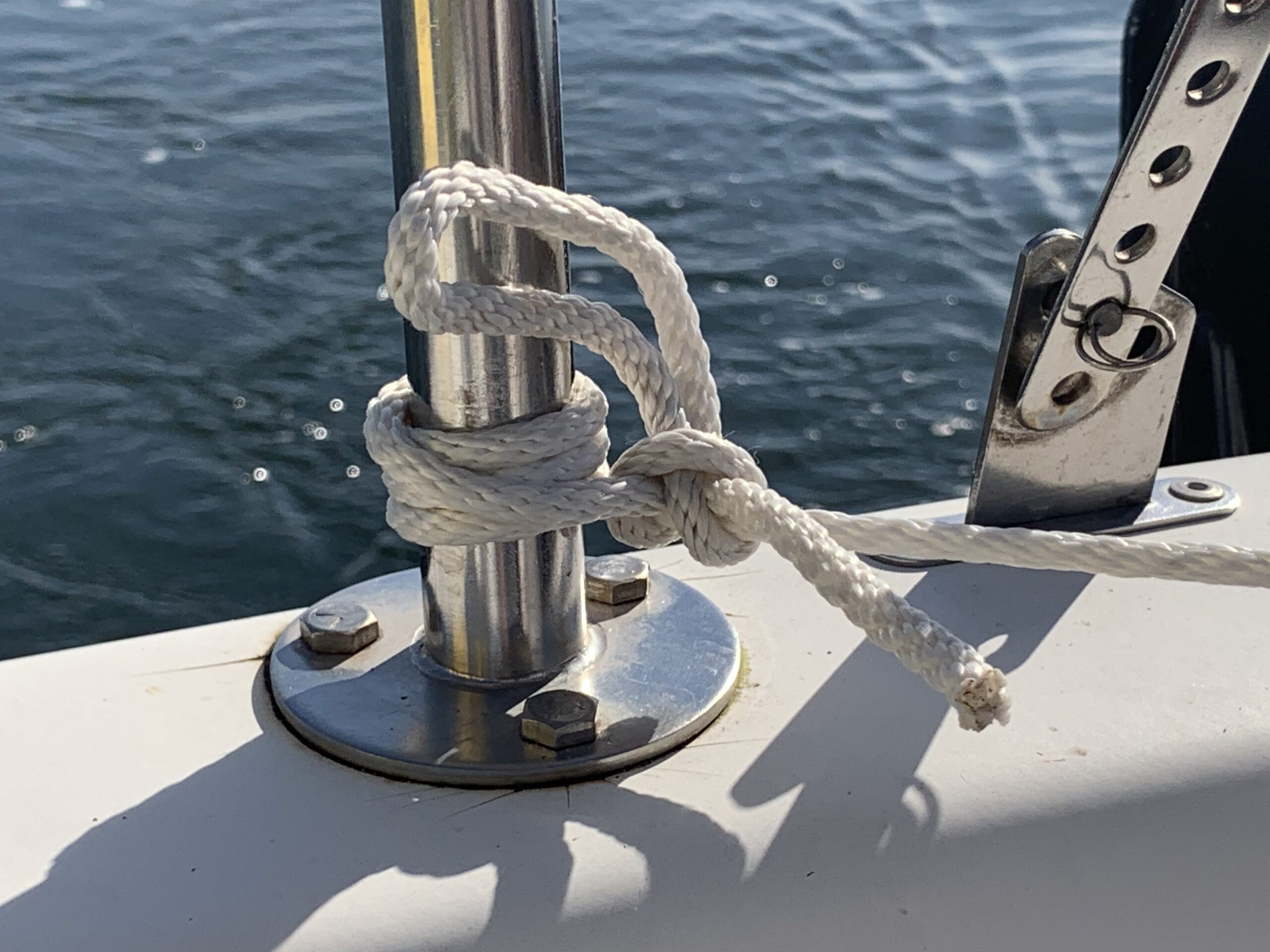
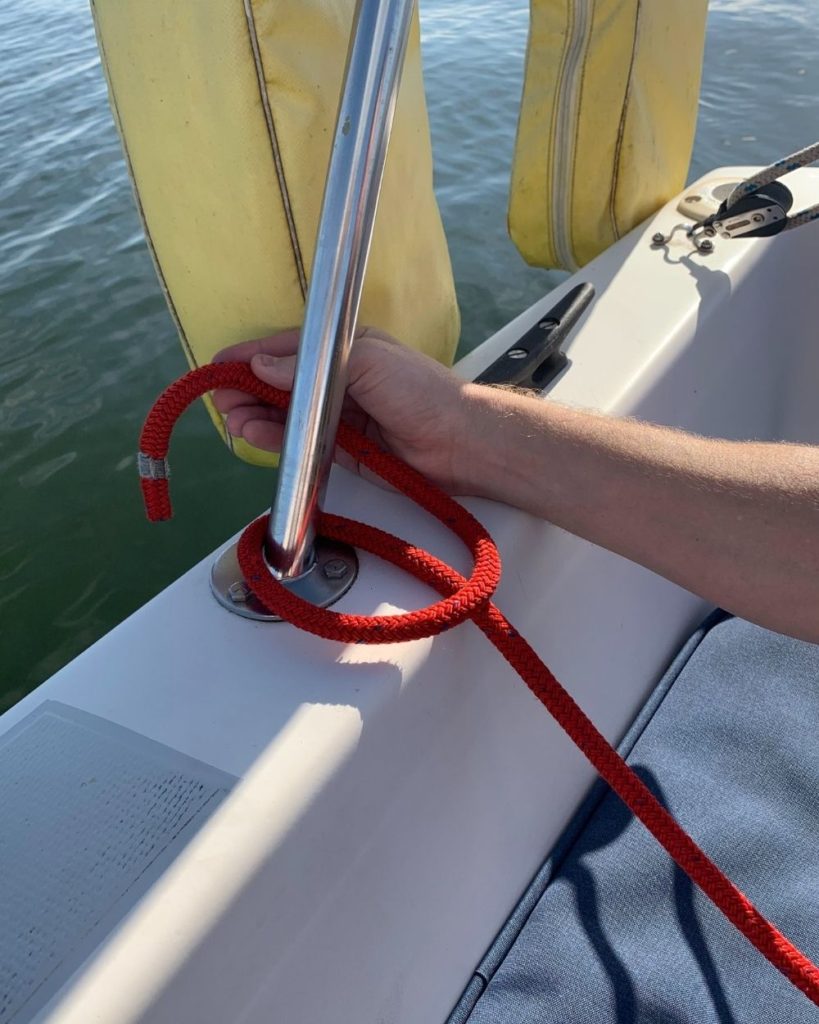
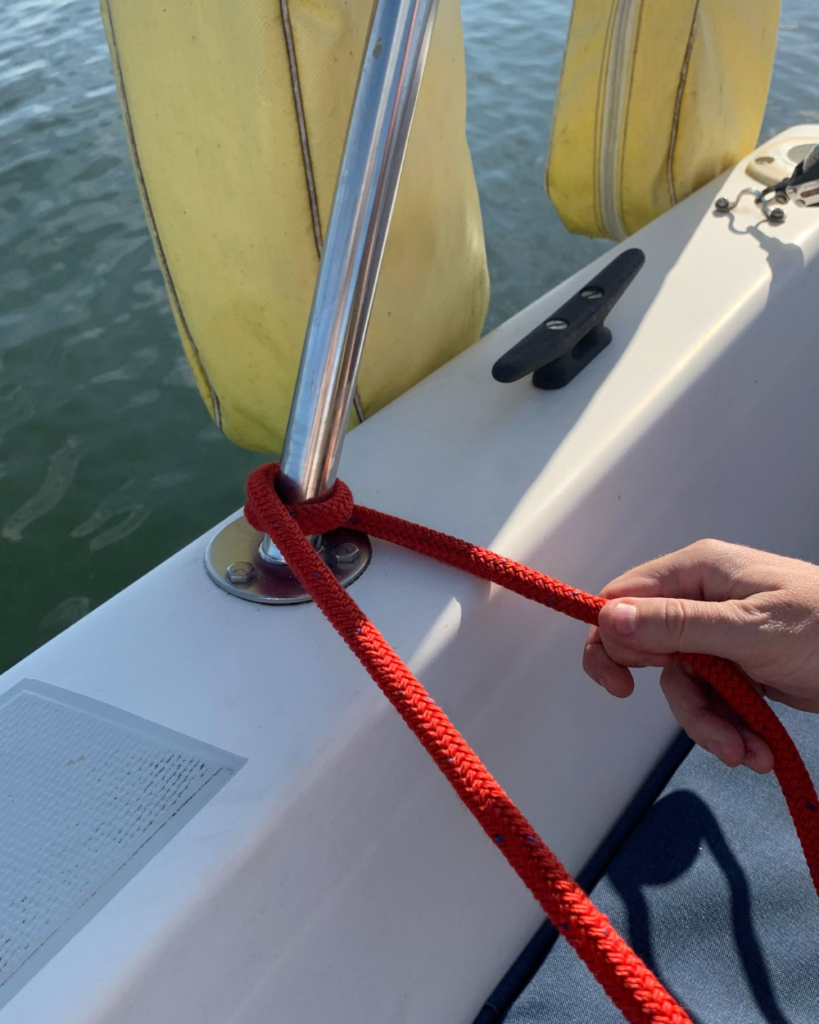

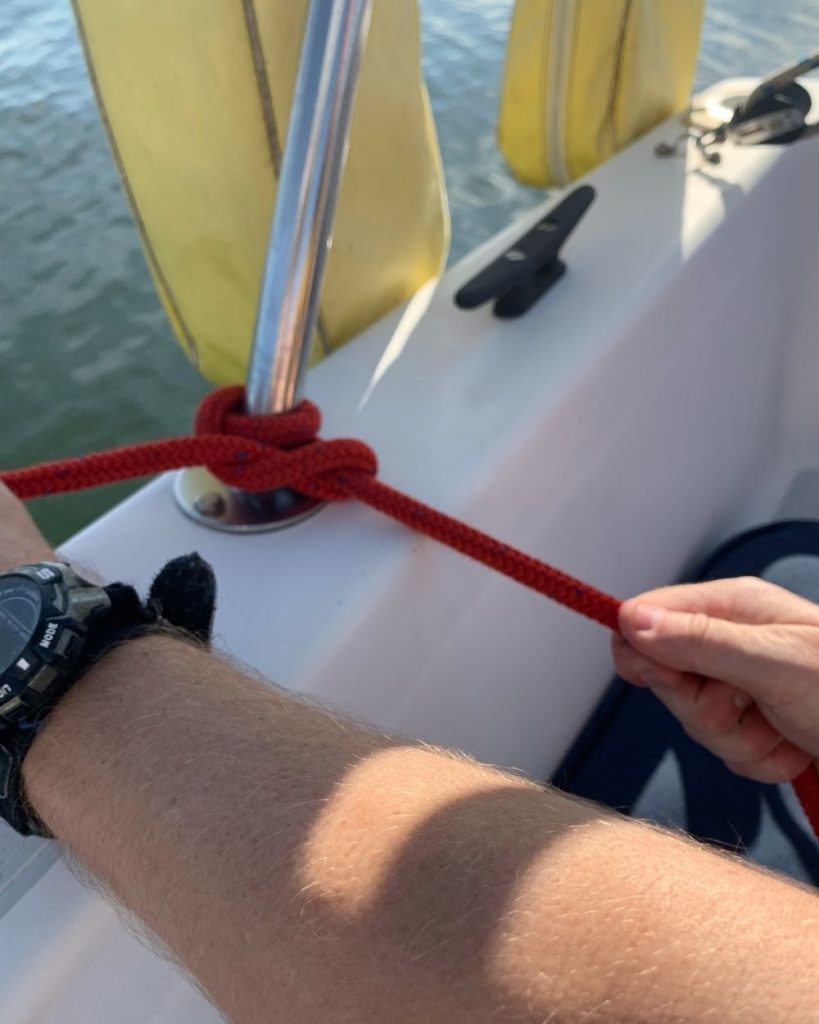

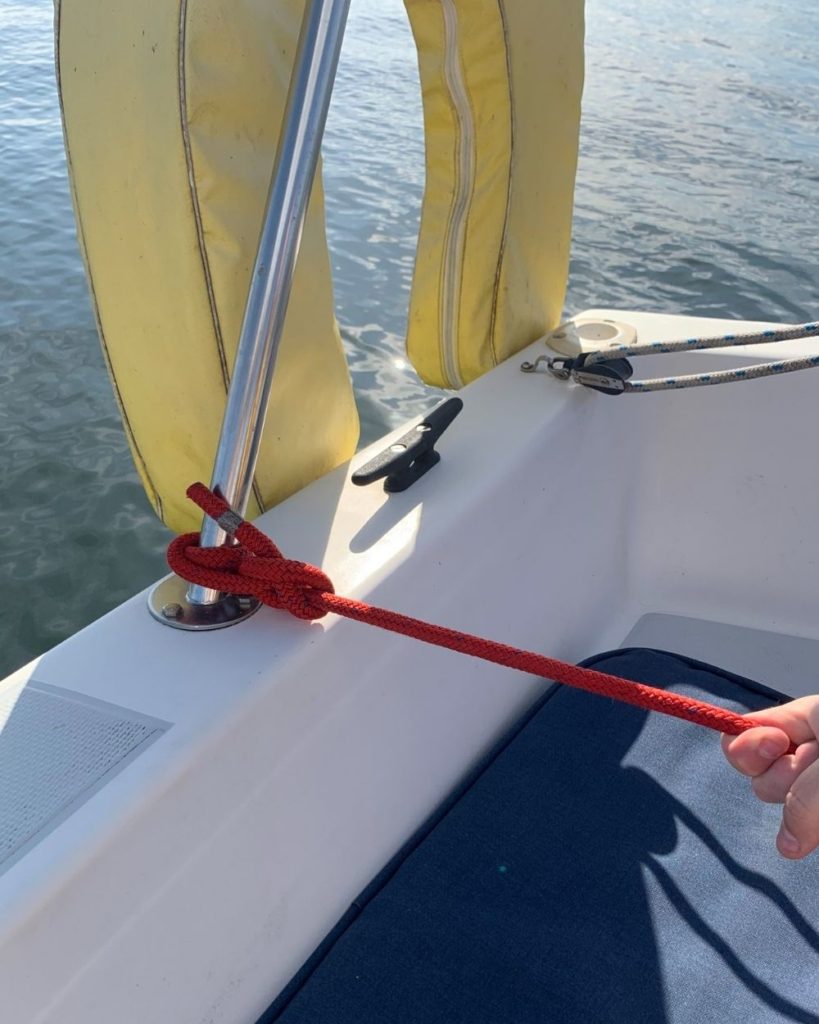
Final Thoughts on Mastering Sailing Knots
Whether you’re docking your boat, securing gear, or just building your seamanship skills, knowing how to tie essential sailing knots is a must for any boater. Practice these knots regularly so they become second nature on the water. Over time, you’ll gain the confidence and efficiency every sailor needs.
Want to go deeper into knot-tying techniques? Check out this comprehensive Guide to Knots for Boating from AnimatedKnots.com—a trusted resource for step-by-step knot tutorials with helpful visuals.
Happy sailing—and knot tying!
Learn to Boat with the Central Florida Boating Association
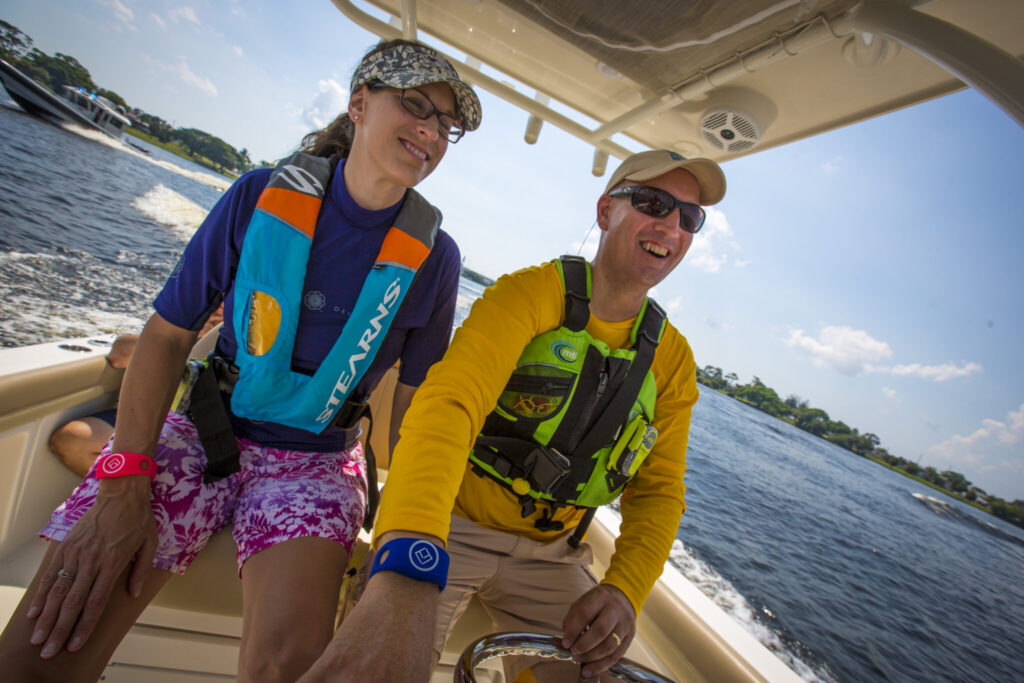
Discover Orlando’s premier on-the-water boating lessons and youth sailing programs through the Central Florida Boating Association (CFBA). Whether you’re honing your skills in power boats or embarking on the journey of learning to sail, CFBA’s classes are designed to enhance your skills and boost your confidence on the water. Visit www.CFLBoating.org to enroll today!
